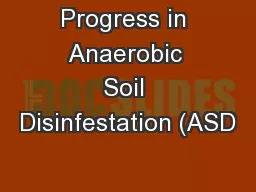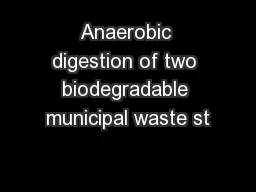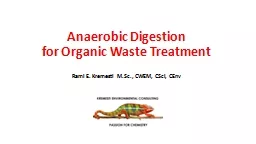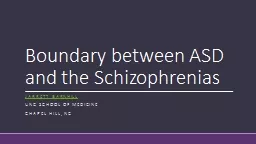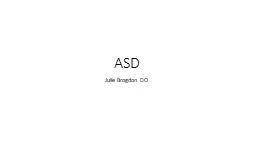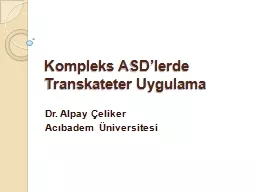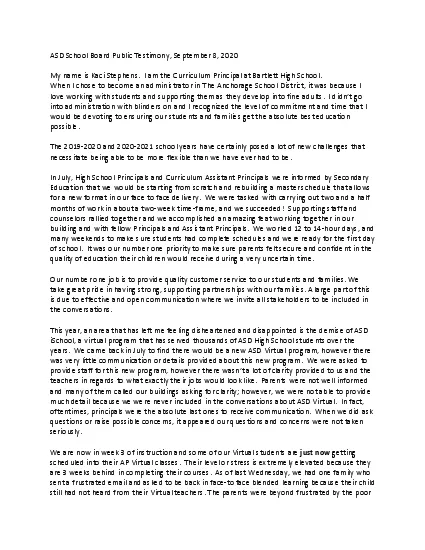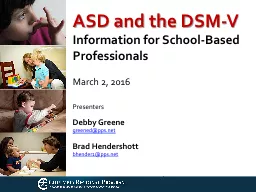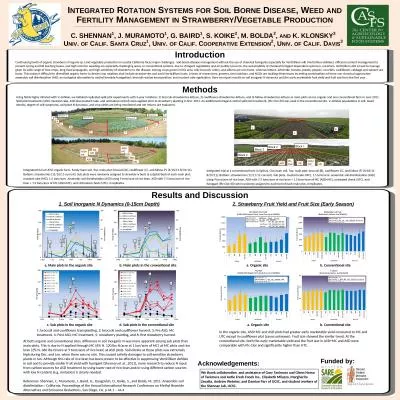PPT-Progress in Anaerobic Soil Disinfestation (ASD
Author : alexa-scheidler | Published Date : 2017-09-19
Research Carol Shennan Joji Muramoto Margherita Zavatta Graeme Baird and Lucinda Toyama University of California Santa Cruz Mark Mazzola USDAARS Wenatchee WA Steven
Presentation Embed Code
Download Presentation
Download Presentation The PPT/PDF document "Progress in Anaerobic Soil Disinfestatio..." is the property of its rightful owner. Permission is granted to download and print the materials on this website for personal, non-commercial use only, and to display it on your personal computer provided you do not modify the materials and that you retain all copyright notices contained in the materials. By downloading content from our website, you accept the terms of this agreement.
Progress in Anaerobic Soil Disinfestation (ASD: Transcript
Download Rules Of Document
"Progress in Anaerobic Soil Disinfestation (ASD"The content belongs to its owner. You may download and print it for personal use, without modification, and keep all copyright notices. By downloading, you agree to these terms.
Related Documents

